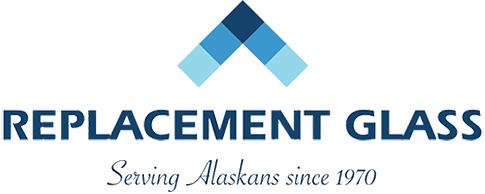How Safety Glass Enhances Security and Safety in Buildings
How Safety Glass Enhances Security and Safety in Buildings
In today’s world, security and safety are paramount concerns for building owners and occupants. The use of safety glass in windows and doors has become a popular choice to enhance both security and safety in buildings. Safety glass is specially designed to withstand impact, prevent shattering, and provide additional security measures. In this blog post, we will explore how safety glass enhances security and safety in buildings.
1. Increased Break-in Resistance:
One of the primary benefits of safety glass is its increased break-in resistance. Traditional glass is susceptible to shattering when subjected to force, making it easier for intruders to gain unauthorized entry. Safety glass, on the other hand, is constructed to be much stronger and more resistant to impact. It can withstand significant force, making it much more difficult for burglars and intruders to break through and gain access to the building.
2. Prevention of Injuries From Shattered Glass:
In addition to its break-in resistance, safety glass also focuses on preventing injuries caused by shattered glass. When traditional glass shatters, it can produce sharp and dangerous fragments that pose a risk to occupants. Safety glass, however, is designed to minimize this risk by either staying intact or breaking into small, rounded pieces that are less likely to cause severe injuries. This feature greatly enhances the safety of individuals inside the building, reducing the risk of cuts and lacerations in the event of an impact or accident.
3. Protection Against Natural Disasters:
Safety glass plays a crucial role in protecting buildings and its occupants from natural disasters such as hurricanes, tornadoes, and earthquakes. These events often involve high winds, flying debris, and intense pressures that can cause traditional glass to break easily, leading to significant damage and potential harm to those inside. Safety glass, with its impact resistance and ability to withstand extreme conditions, provides an added layer of protection, reducing the likelihood of glass breakage and increasing the safety of individuals during these events.
4. Fire Resistance:
Another aspect of safety that safety glass provides is fire resistance. During a fire, traditional glass can break due to the rapid rise in temperature, allowing flames, smoke, and toxic gases to spread more easily. Safety glass, on the other hand, is specially designed to have higher heat resistance and integrity, limiting the spread of fire and reducing the potential for smoke and gas infiltration. This helps to contain the fire, providing additional time for occupants to evacuate and increasing the chances of a successful rescue operation.
5. Sound Insulation:
Safety glass also enhances security and safety by providing improved sound insulation. Noise pollution can have detrimental effects on the well-being and productivity of building occupants. Safety glass is designed to reduce the transmission of sound, creating a quieter and more comfortable environment inside the building. This is particularly beneficial for buildings located in noisy urban areas or near transportation hubs, where external noise can be a significant concern.
6. UV Protection:
Safety glass is often treated with a special coating that provides protection against harmful ultraviolet (UV) rays. UV rays can cause damage to our skin, eyes, and even furnishings inside the building. Safety glass blocks a significant portion of UV radiation, reducing the risk of skin cancer, sunburns, and fading of furniture, artwork, and flooring. This feature not only enhances the safety and well-being of occupants but also helps to preserve the aesthetics and value of the building’s interior.
Conclusion:
Safety glass is a crucial element in enhancing security and safety in buildings. Its increased break-in resistance, prevention of injuries from shattered glass, protection against natural disasters, fire resistance, sound insulation, and UV protection are all features that contribute to creating a safer and more secure environment for building occupants. When considering new construction or retrofitting existing buildings, the use of safety glass is a wise investment that prioritizes the well-being and peace of mind of all those inside.
Got Questions? Let Us Help!
Categorised in: Safety Glass
